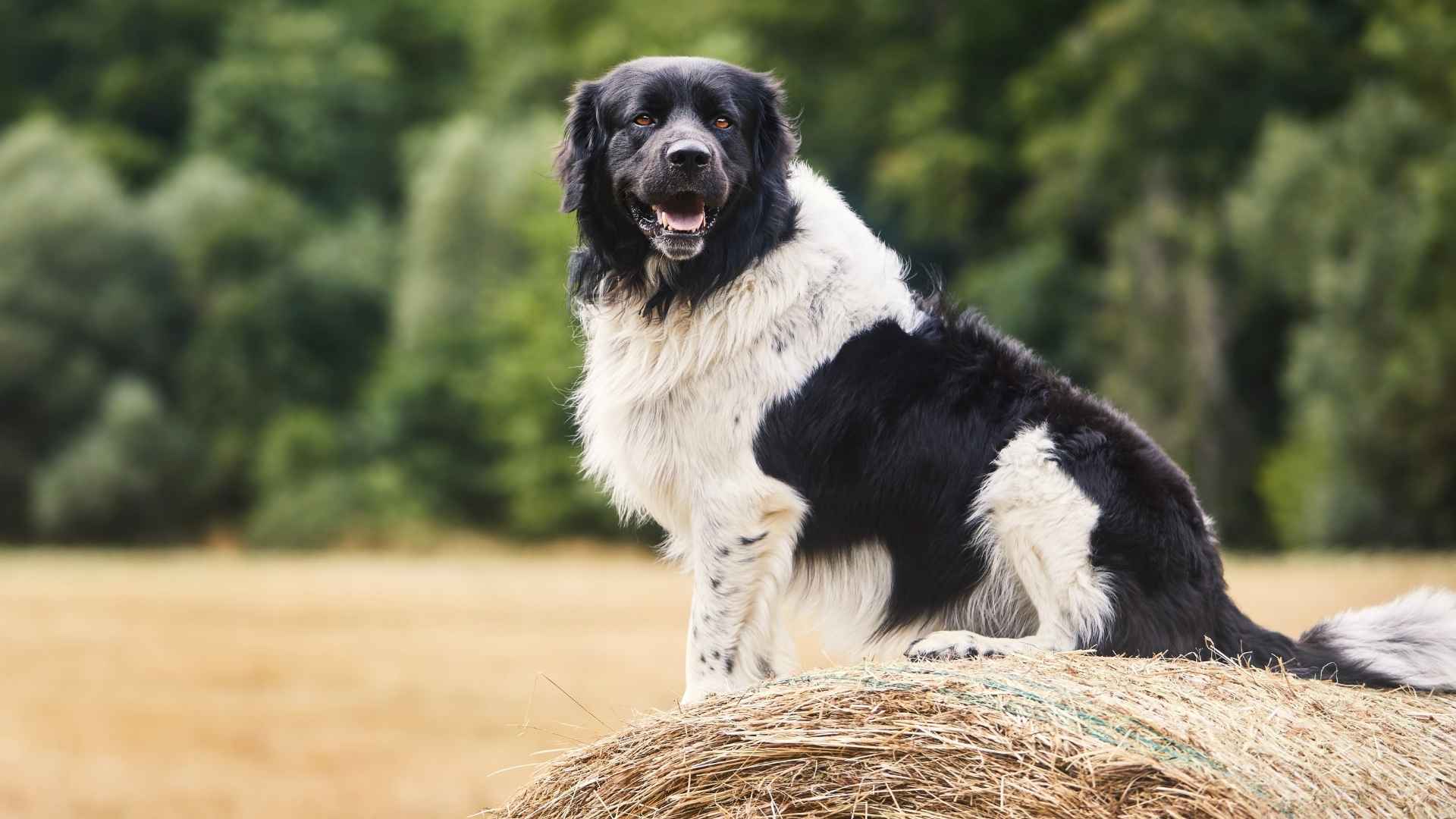When it comes to rural living, do you ever wonder which dogs can truly keep up with the open space and outdoor adventures? If you’re looking for a furry friend who’s not just big in size but also in heart, you’ve come to the right place! Massive dogs bring a unique blend of strength, loyalty, and companionship that’s perfect for sprawling countryside homes.
These dogs aren’t just about size – they’re built to guard, explore, and provide comfort in a setting where space and freedom reign. Whether you’re on a farm or in a remote area, their presence can make a world of difference. So, if you’ve got the room and the love to offer, why not consider one of these mighty pooches? They’re ready to make rural life even more special. Let’s dive in and explore the best choices for your countryside companion!
Best Massive Dog Breeds for Rural Living
1. Anatolian Shepherd
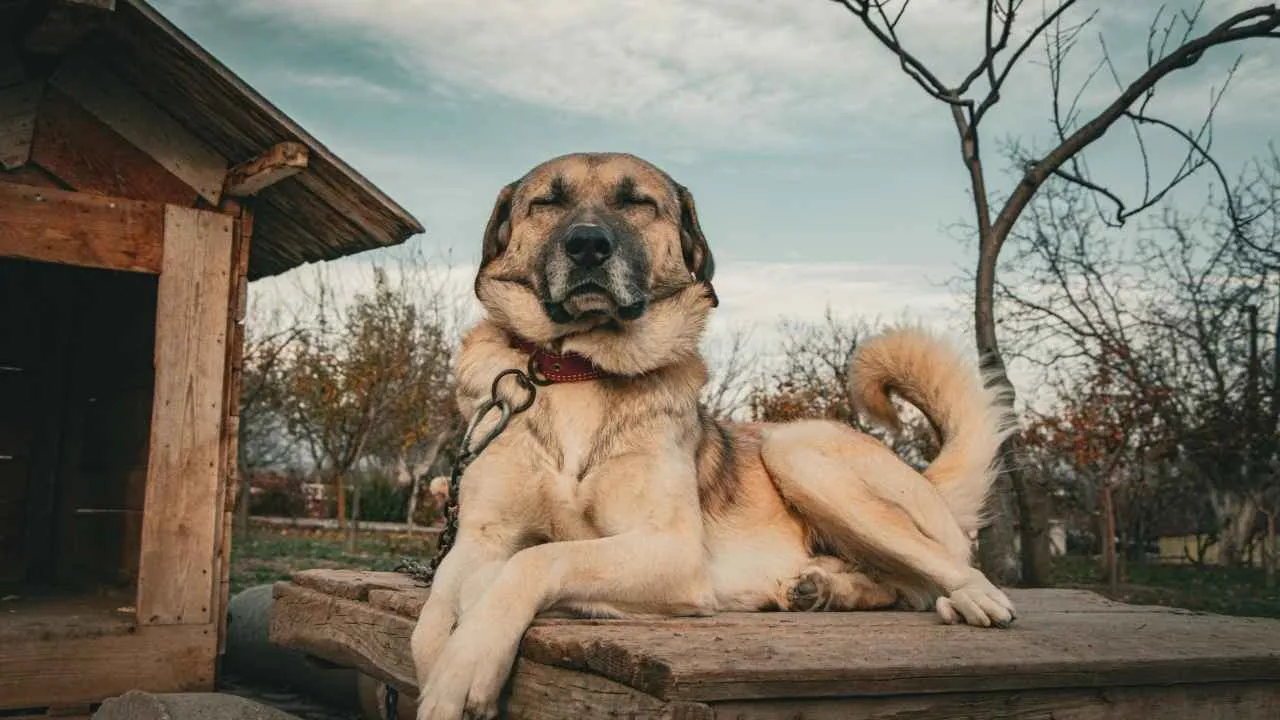
The Anatolian Shepherd is no stranger to wide-open spaces, and it’s a perfect match for rural living. These dogs were originally bred to protect livestock in the harsh, vast terrain of Turkey, so they’re naturally suited to keeping watch over large areas. They possess a deep loyalty to their owner and territory, making them ideal guardians for rural properties.
Purina states that they’re not just big; they’re alert and powerful, always scanning their surroundings for any potential threats. Need a dog to keep predators at bay or protect your farm animals? The Anatolian has your back.
This breed is incredibly intelligent, which is both a blessing and a challenge. They’re known to be problem solvers, which helps them think on their feet. But it also means they can be a bit stubborn if they don’t see the logic in something. This independent streak means Anatolians often do well in less crowded environments where they can roam and patrol freely.
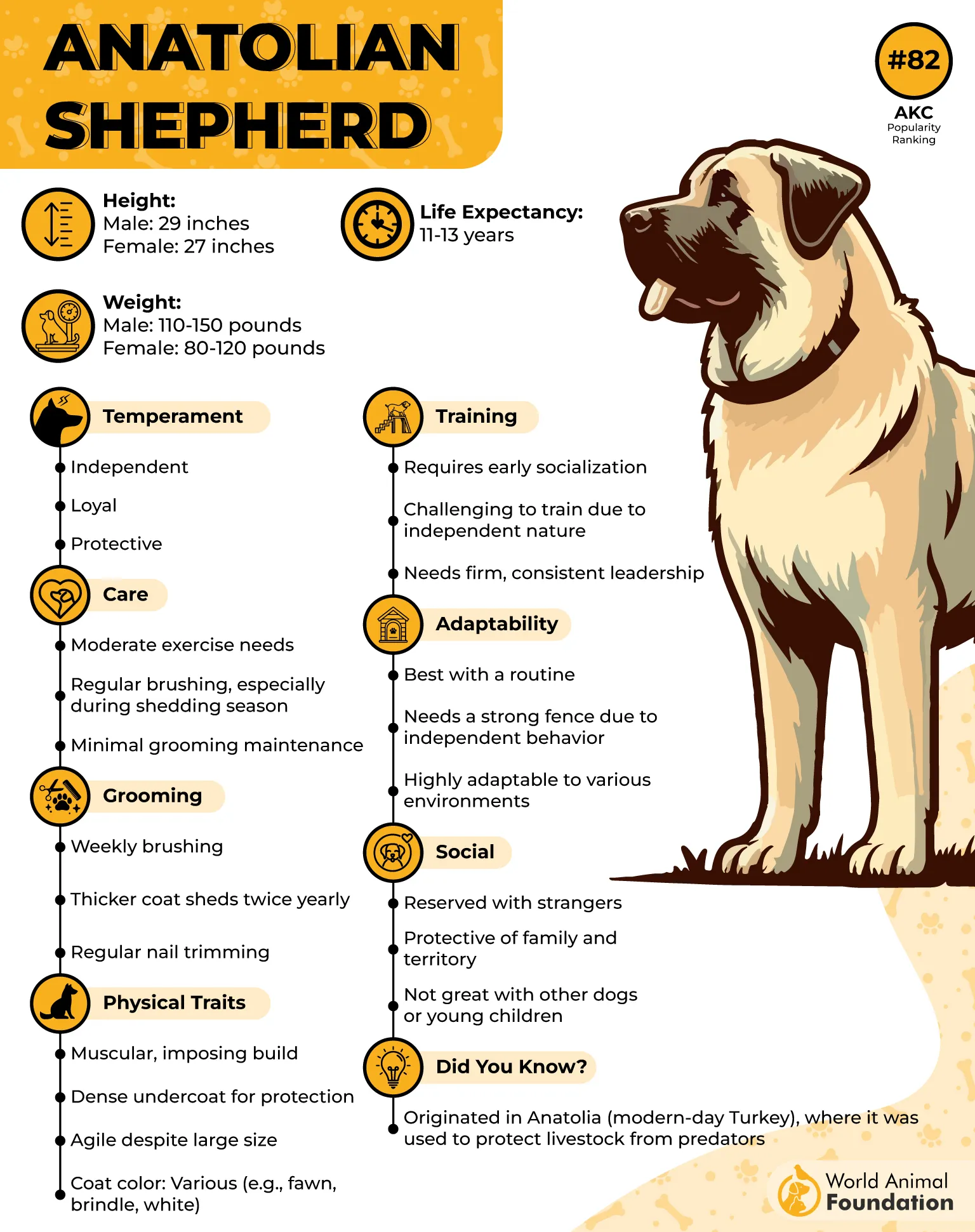
Another fascinating aspect of the Anatolian Shepherd is their endurance. These dogs were bred for long hours of guarding livestock in rugged conditions, which means they thrive in rural areas where they can roam and stay active. They don’t require constant attention but need space to stretch their legs and do what they do best – keeping watch.
Despite their imposing size, Anatolians are often quite gentle with their family members. They are known to be great with children, especially when raised together, and will form a strong bond with their human pack. Isn’t it amazing how such a fierce protector can also be so loving and affectionate at home?
Fun Fact: Anatolian Shepherds are known for their ability to work independently, often making decisions on their own, which is why they’re sometimes called “self-reliant” dogs!
2. Irish Wolfhound
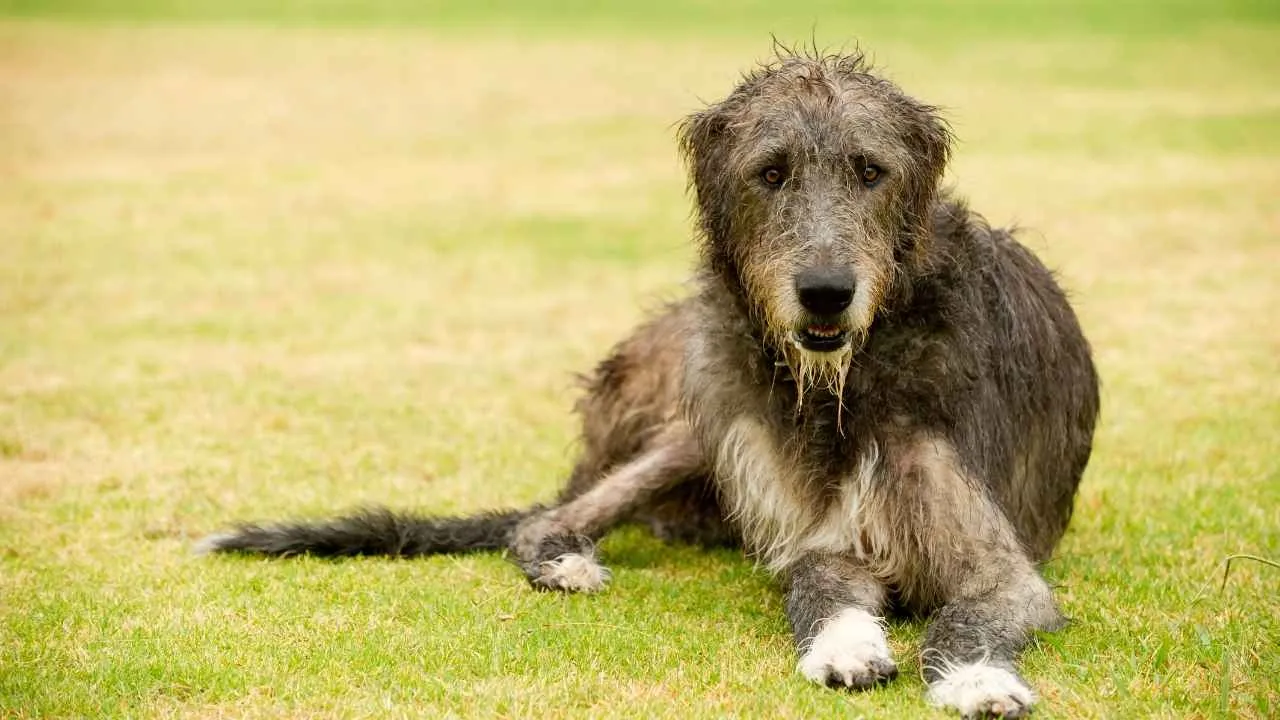
The Irish Wolfhound is nothing short of majestic. Standing tall with a commanding presence, these dogs are the gentle giants of the dog world, especially suited for rural living. Bred to hunt wolves and large game in Ireland, their history and strength are intertwined with the wide, open spaces they once roamed.
While they’re known for their massive size, what sets Irish Wolfhounds apart from other large breeds is their highly calm demeanor. WebMD states that they’re laid-back, friendly, calm, and affectionate, making them perfect for families in rural settings who need a dog that not only protects them but is also sweet-natured.
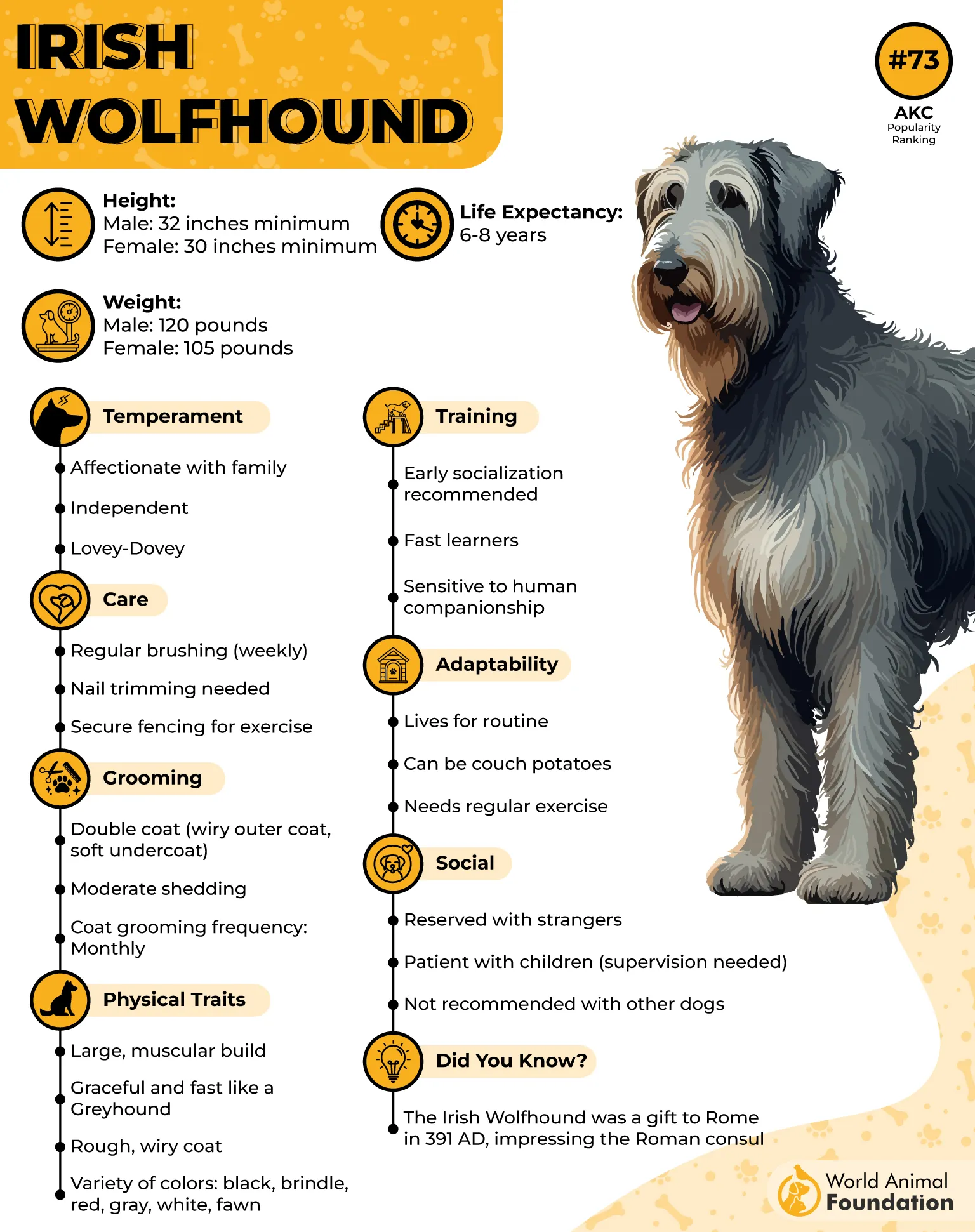
Training this giant requires a balance of patience and consistency. Though they’re known for being easygoing, their size means that training from an early age is crucial to ensure they grow up well-behaved. They respond well to positive reinforcement but can be a bit stubborn at times.
The Irish Wolfhound’s athleticism is often underestimated due to their calm nature, but they were originally bred for chasing large game, meaning they are quite fast and strong. In a rural setting, this makes them excellent companions for outdoor adventures, from running across fields to even taking part in activities like hiking.
Irish Wolfhounds are generally non-aggressive toward other animals. This makes them a great choice for rural living, where they may come into contact with other pets or farm animals. Their gentle nature often extends to smaller animals as well, but proper supervision is always essential.
3. English Mastiff
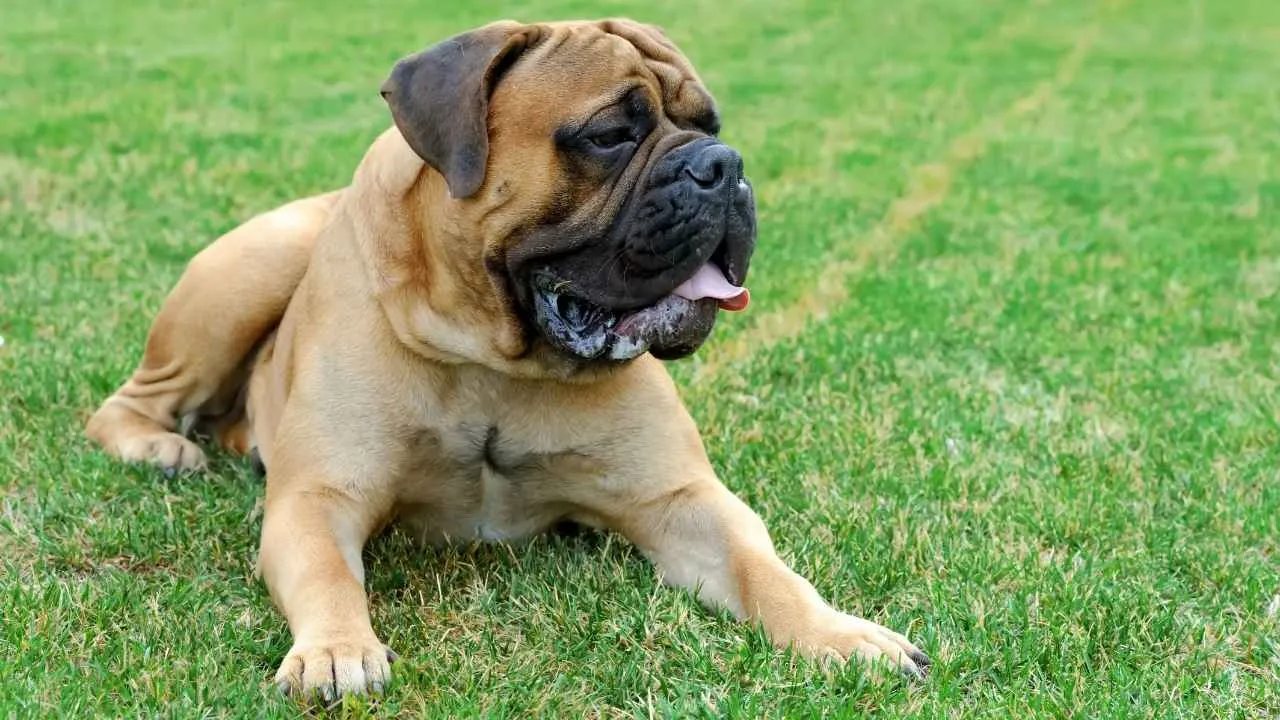
English Mastiff is a dog that combines size and strength. These dogs are truly giants, with some males tipping the scales at over 200 pounds! Their imposing presence might make you think they’re all about power, but in reality, they are one of the most gentle and affectionate breeds you’ll encounter.
Training these magnificent dogs is relatively straightforward, though they do require an experienced handler. Because of their size, it’s important to start training early, so they grow accustomed to basic commands and social interactions. AKC states that Mastiffs are known to be quick learners, but their laid-back attitude means they may take their time.
Although the English Mastiff is a giant breed, it has relatively low exercise requirements and does not possess high energy levels. These dogs are more than happy with a moderate daily walk and a bit of playtime. Due to their size, they’re not particularly suited to intense, high-impact activities like running long distances or jumping hurdles.
Their thick coat, while short, does require regular brushing to keep it looking its best and to manage shedding. While not as demanding as some other breeds, it’s still important to stay on top of grooming to ensure they’re comfortable. Because of their size, Mastiffs can be prone to overheating in hot weather, so keeping them cool and hydrated during the summer months is essential.
The English Mastiff’s sheer size also makes them an effective deterrent to any potential threats on your property. It’s not just their bark that commands attention; it’s their imposing physical presence that lets intruders know they’ve met a force to be reckoned with. While they’re not aggressive by nature, they do have a natural sense of responsibility when it comes to protecting their pack.
Fun Fact: English Mastiffs are one of the oldest dog breeds, dating back to ancient Rome, where they were used in battle and for guarding!
4. Newfoundland
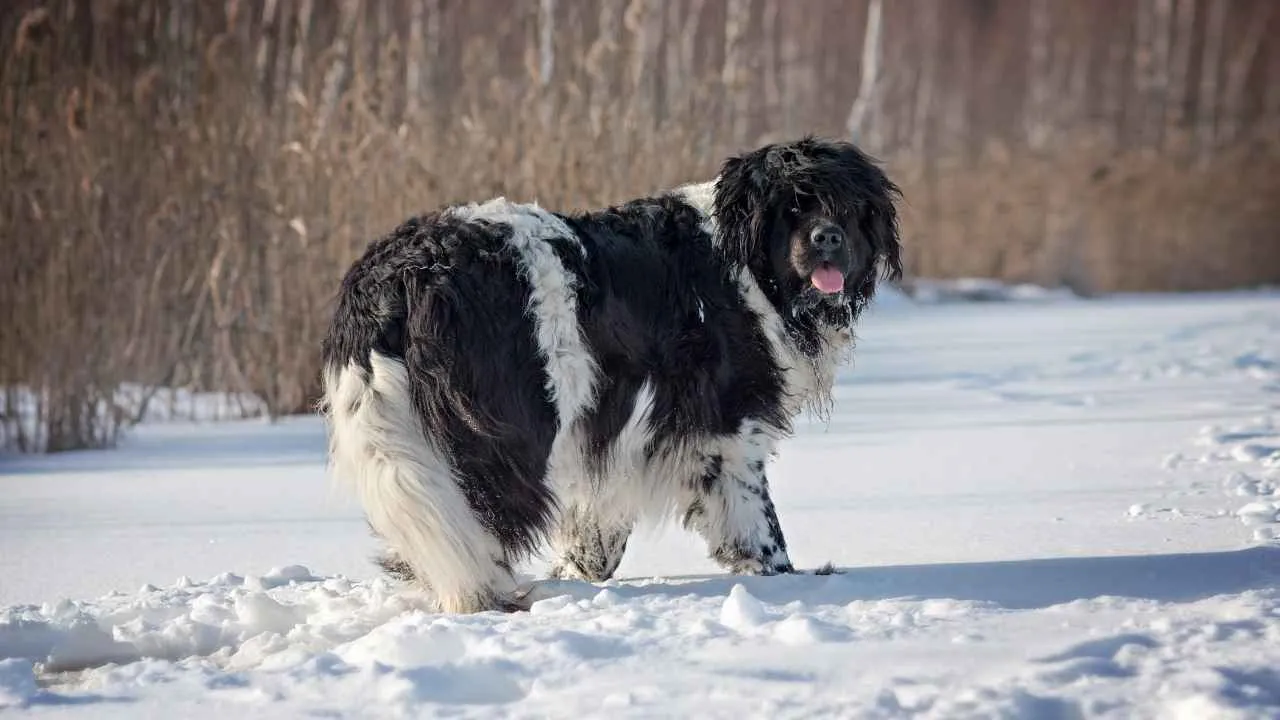
When it comes to large, friendly dogs that thrive in rural living, the Newfoundland is in a league of its own. Known for their incredible size and loving nature, these dogs are not just gentle giants – they’re also exceptional swimmers. Bred originally for water rescue work in Newfoundland, Canada, these dogs are perfect for families living near lakes, rivers, or coastal areas.
One of the standout features of Newfoundland is their love for water. They have webbed feet, which makes them natural swimmers, and they are known to dive into lakes or rivers without a second thought. This means they’re not just a companion for land-based adventures; they’re the perfect addition to any rural setting near water.
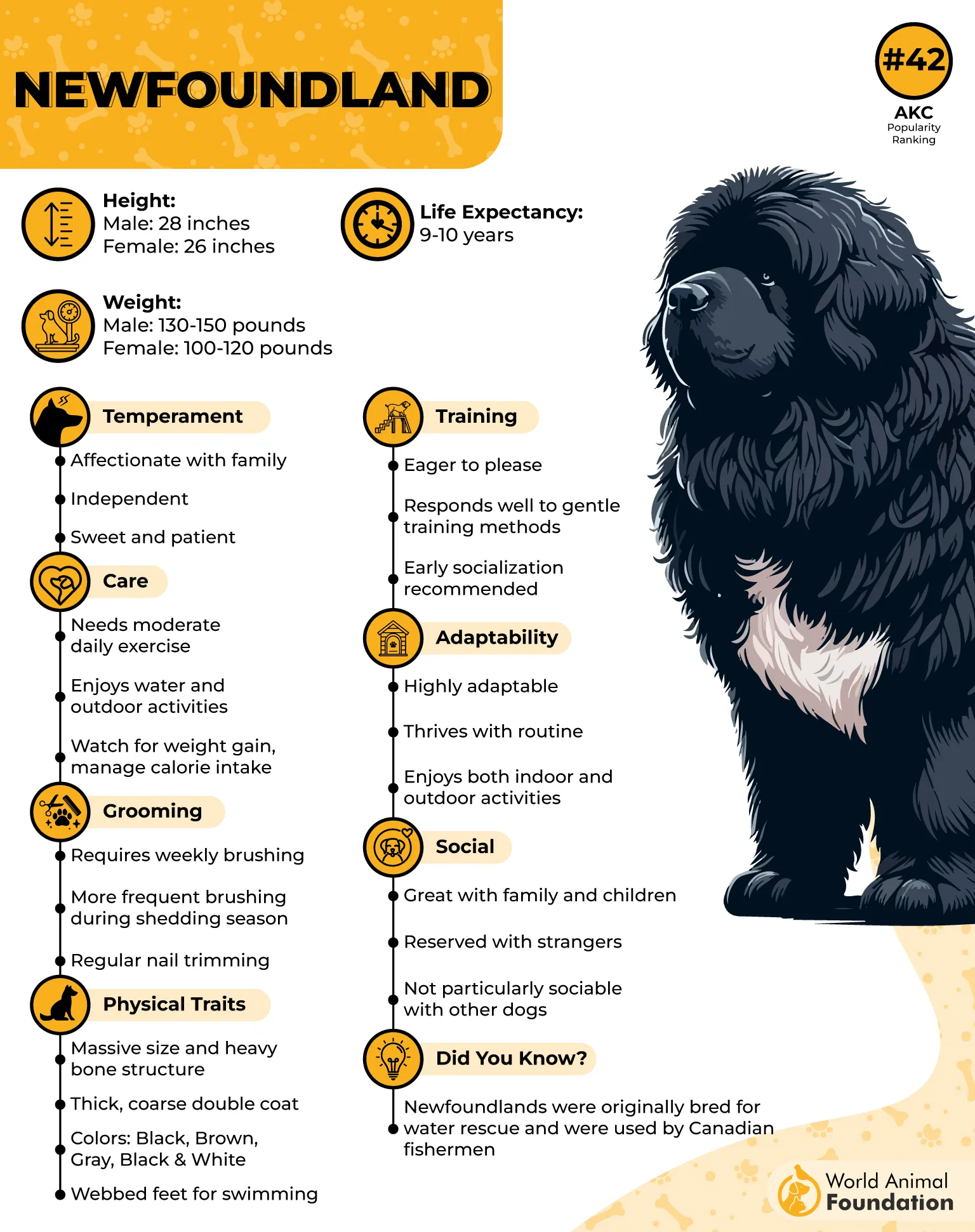
Despite their massive size, with some males reaching over 100 pounds, Newfoundlands are incredibly gentle and patient, says Orvis. These dogs are known for their calm, laid-back temperament, making them great family dogs. They are especially good with children, and their nurturing instincts mean they’ll watch over your little ones with their eyes.
Their coat is another key feature of the Newfoundland. Thick, water-resistant, and incredibly dense, it helps them stay warm during cold water rescues. While their beautiful coat makes them look majestic, it also requires regular grooming. Expect moderate shedding, especially during shedding season, so regular brushing is a must.
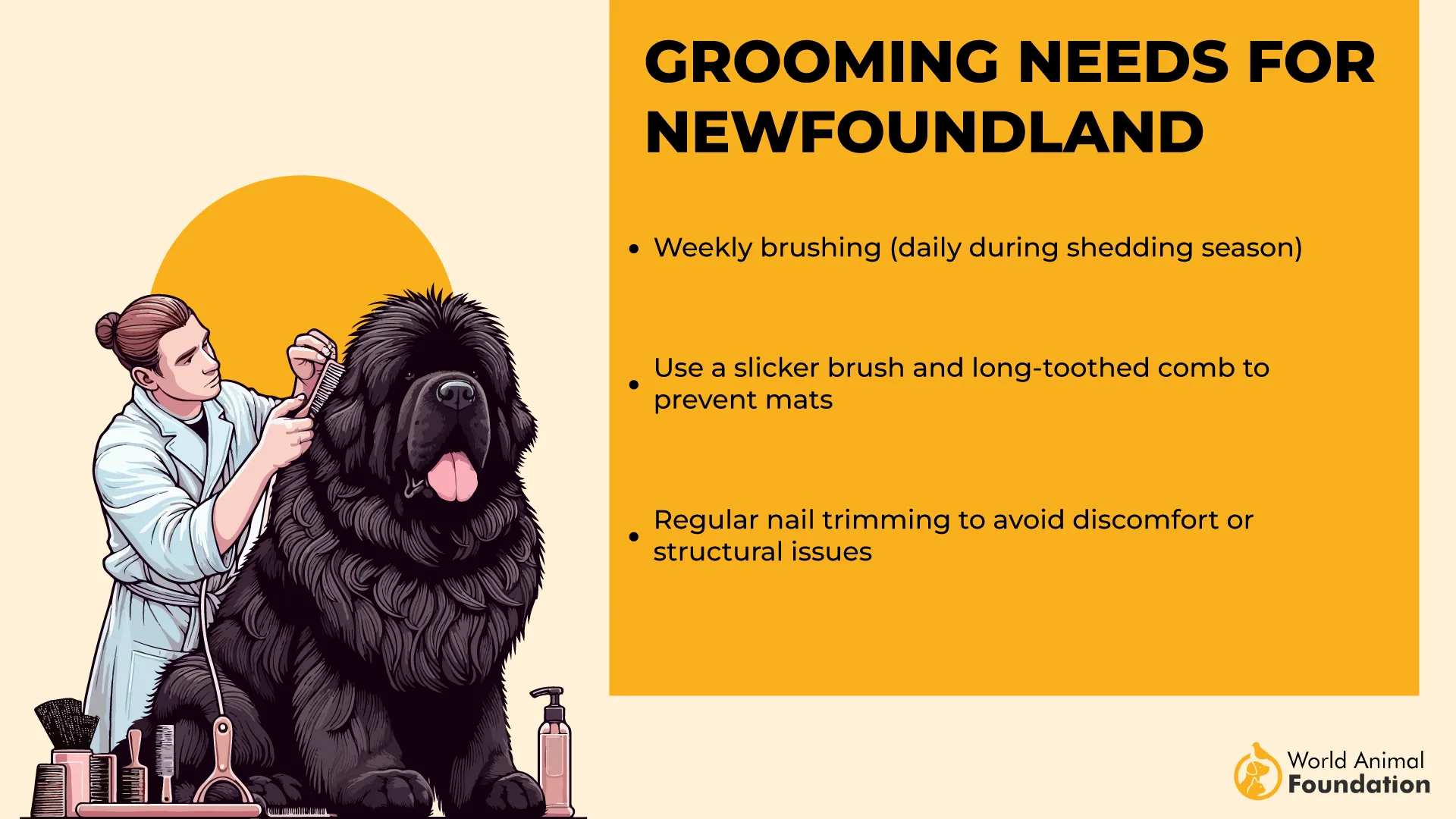
Originally bred to assist fishermen by hauling nets, carrying ropes, and even saving people from drowning, Newfoundlands have an innate desire to be helpful. Whether you need a companion for your daily routines or a reliable helper on your farm or ranch, they’re always ready to pitch in.
5. Leonberger

The Leonberger is one of those breeds that demands attention not just because of its size but because of its gentle and noble presence. Known for their stunning coat and impressive statures, these dogs were originally bred in Germany to be working dogs, capable of herding, guarding, and even pulling carts.
Their laid-back temperament is another reason why Leonbergers excel in rural environments. Unlike some other large breeds, they are not hyperactive and are just as comfortable lying next to you on the couch as they are roaming around outside. Leonbergers are great at adjusting to different environments, and their calm demeanor makes them ideal for families who prefer a more relaxed pace of life.
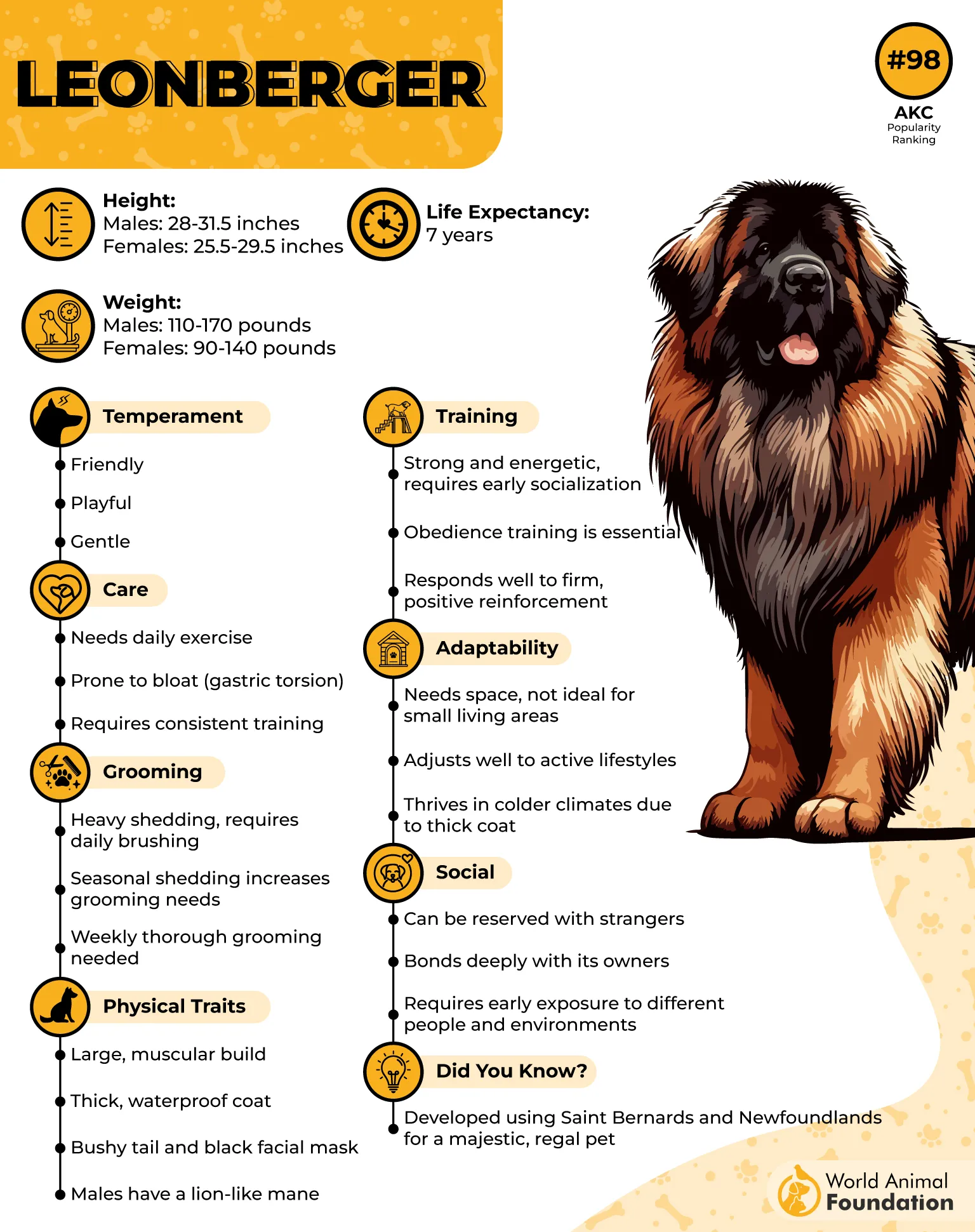
These dogs were built to work, and their stamina and endurance are remarkable. Whether you’re taking them on long walks around the property or giving them a task to do, Leonbergers love having a job to focus on. They aren’t the type to sit idly by, so if you have the space for them to roam and explore, they’ll be in their element.

Health-wise, Leonbergers are generally a healthy breed, but like many large dogs, they can be prone to conditions like hip dysplasia and bloat. It’s essential to provide them with a healthy diet and regular vet checkups to ensure they remain in top shape. Their lifespan is around 8-9 years, which is typical for a breed of their size, and proper care can help extend their years of companionship.
According to Omlet, with all their attributes – size, intelligence, loyalty, and calm nature – Leonbergers are fantastic companions in rural settings. Whether you need a guard dog or just a gentle giant to share your country life with, they fit the bill.
6. Saint Bernard
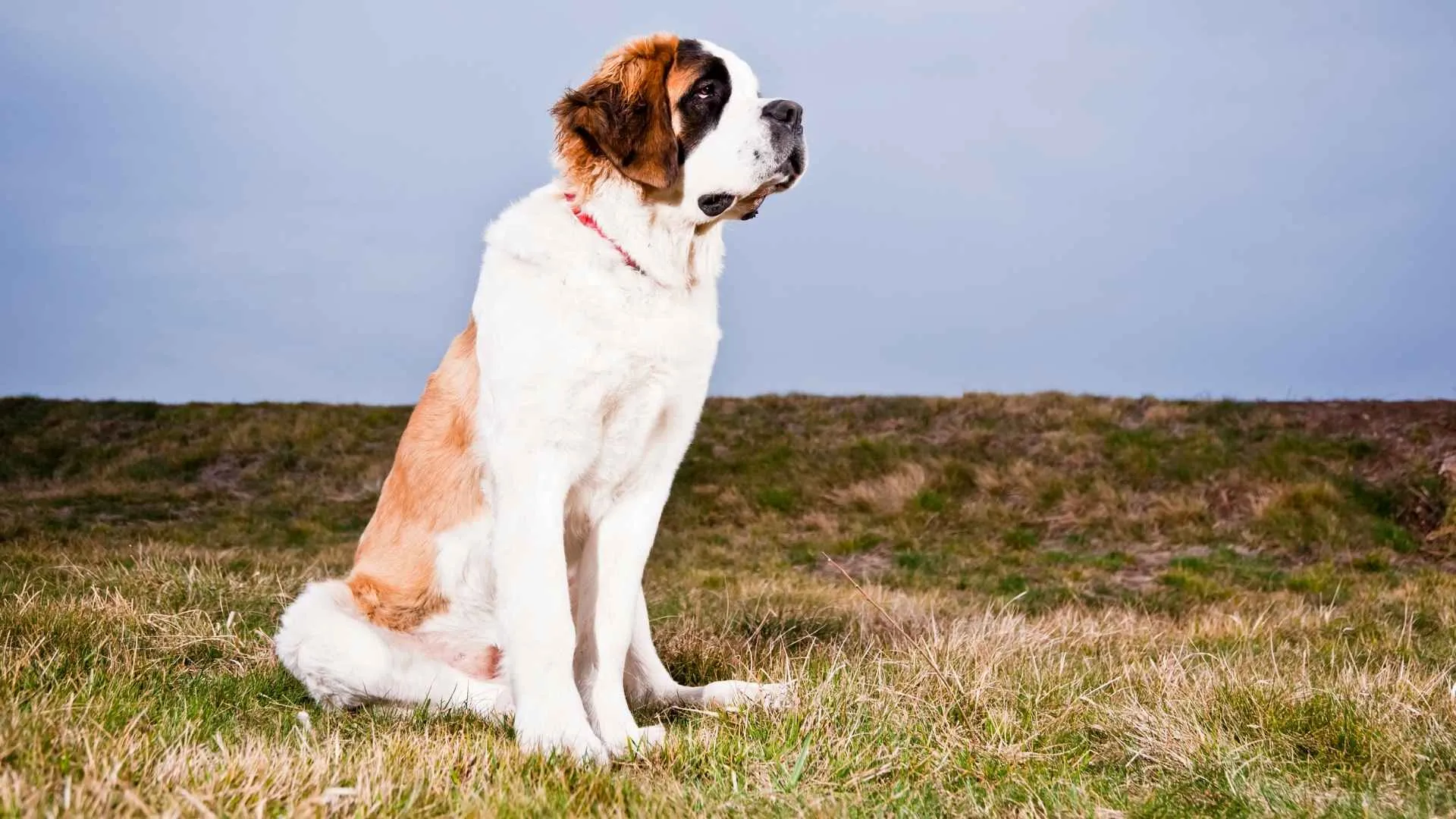
When you think of a large dog breed with both heart and muscle, the Saint Bernard immediately comes to mind. This gentle giant is renowned not only for its size but for its deep history of service and loyalty. Originally bred by monks in the Swiss Alps to rescue travelers lost in the snow, these dogs are hardwired to be lifesavers.
Despite their impressive size – sometimes weighing up to 180 pounds – Saint Bernards are known for their calm, affectionate nature and are gentle giants, says Royal Canin. In a rural setting, where they can roam freely and watch over property, their protective instincts truly shine. These dogs were bred for a purpose: to guard and rescue.

Saint Bernards are known for their friendly nature, especially towards children. Their size may seem intimidating, but they are often described as big teddy bears. In rural settings, where families often have kids or other animals, these dogs are an excellent choice. They will happily protect you, and they’re just as likely to spend hours playing with your kids or lounging at your feet.
Exercise-wise, Saint Bernards aren’t overly demanding. They enjoy regular walks and some outdoor playtime, but they don’t have the energy levels of more active breeds. This makes them a great choice for a more laid-back lifestyle, where they can spend their days watching over the property or chilling on the porch.
As a breed, Saint Bernards are legendary for their role in saving lives in the Alps, where they were trained to locate and rescue travelers caught in avalanches or lost in the snow. Today, they’re more likely to be found as loving pets, but they still retain that instinct to protect and watch over their loved ones.
7. Great Pyrenees
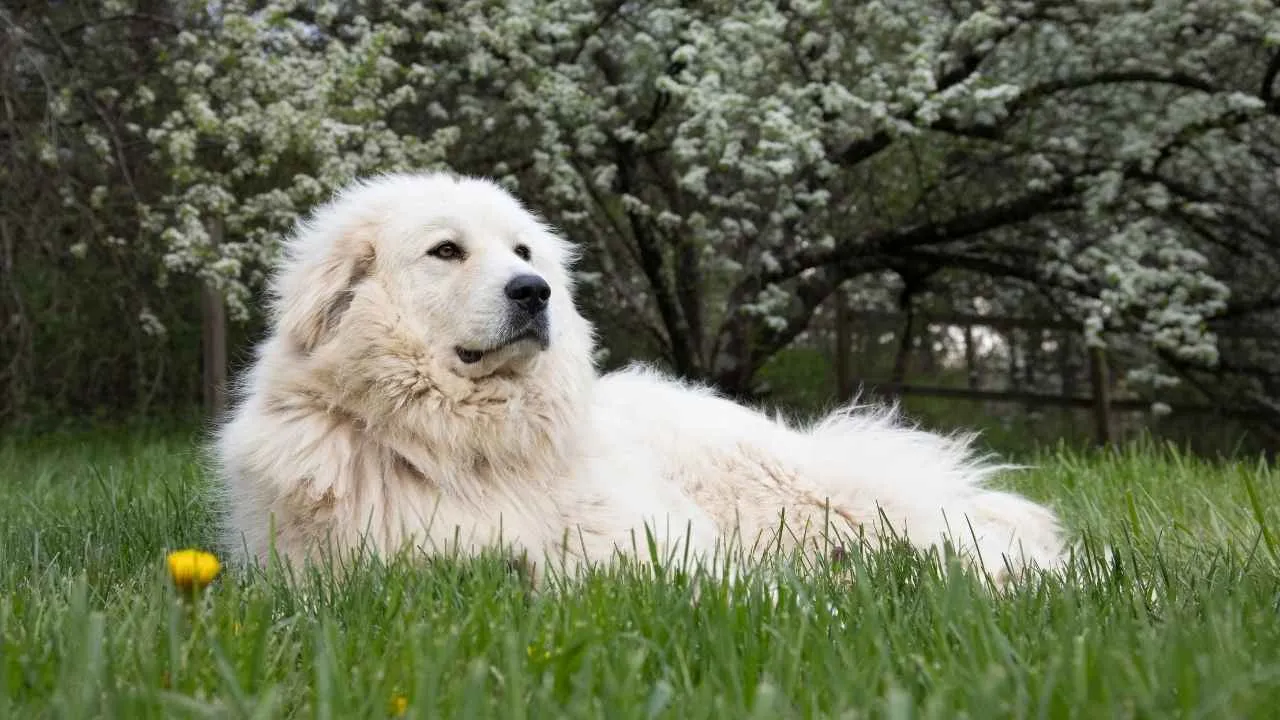
If you’re in search of a dog that is as noble as it is protective, the Great Pyrenees is an excellent choice for rural living. Known for their stunning white coat and their incredible ability to protect livestock, these dogs have been working as guardians for centuries. Bred in the Pyrenees Mountains between France and Spain, they were designed to keep sheep and other livestock safe from predators like wolves and bears.
What sets the Great Pyrenees apart from other large breeds is its independent nature. While they are deeply loyal to their families and protective of their territory, they are also known for their ability to think for themselves. This makes them outstanding at guarding your property or livestock, as they won’t hesitate to take matters into their own paws if they sense danger.
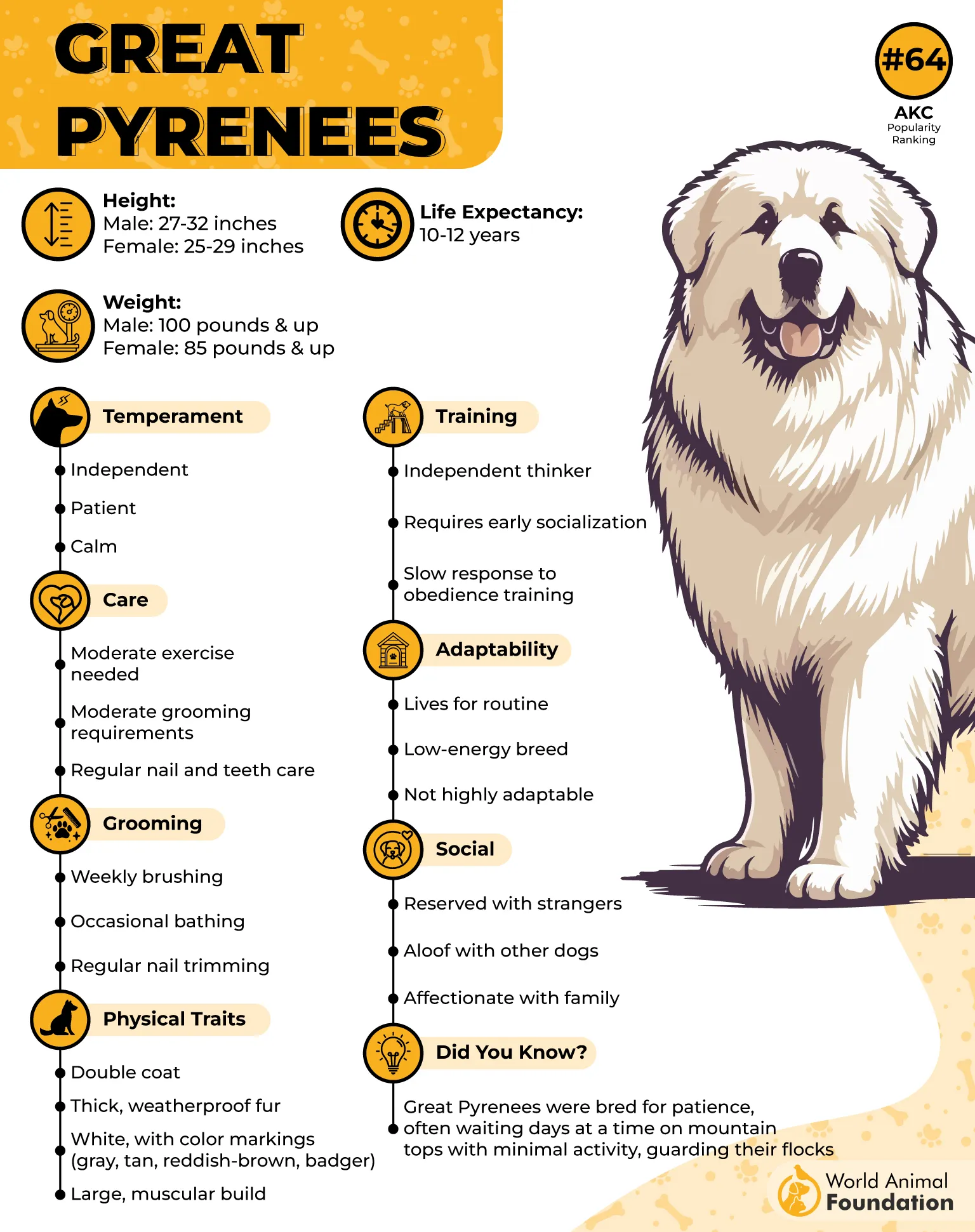
Training a Great Pyrenees is not as straightforward as it might be with other breeds, primarily because of their independent streak. While they are highly intelligent and capable of learning commands, they tend to prefer doing things on their own terms. Early socialization and positive reinforcement are key to establishing a strong bond and ensuring they understand their role in the household.
When it comes to daily life, the Great Pyrenees is more of a slow-paced wanderer than a hyperactive sidekick. They’re happiest when they’ve got room to roam, taking quiet laps around the property like it’s their personal kingdom. Think of them as the calm, watchful neighbor who always knows what’s going on but never makes a fuss.
The Great Pyrenees is not just a dog; it’s a symbol of strength, loyalty, faithfulness, and are gentle giants, says PDSA. Whether you’re looking for a protector, a companion, or just a majestic presence to share your rural lifestyle with, these dogs have what it takes to be your best friend. Isn’t it remarkable how they combine the traits of an independent worker with the love of a family companion?
Fun Fact: The Great Pyrenees has a unique “double dewclaw” on its hind legs, which is believed to help it maneuver difficult terrain while guarding livestock!
Conclusion
Living in the country comes with its own set of unique challenges, and having the right dog breed by your side can make all the difference. Best massive dog breeds for rural living—like herding dogs, working dogs, and mountain dogs—aren’t just big in size; they bring brains, loyalty, hard work, and a strong protective instinct. Whether you’re herding sheep, guarding other livestock, or simply need a companion for those long, peaceful walks, these smart, affectionate breeds are well-suited to country life.
Unlike a small dog that’s better for a small space, massive breeds thrive where they can roam freely. Breeds like the Anatolian Shepherd Dog, Saint Bernards, and Bernese Mountain Dogs were originally bred to work hard, protect, and be excellent companions. With proper training, daily exercise, and mental stimulation, they stay happy and healthy. Plus, their gentle nature makes them great with kids, families, and even other pets. Isn’t that what every pet owner wants?
Whether you’re raising sheep, tending farms, or just soaking up the quiet countryside, these large dog breeds fit right in. From the ever-popular Golden Retriever and German Shepherd to unique choices like the Afghan Hound, Border Collie, or Australian Cattle Dogs, each breed brings its own strengths. With proper care, grooming, and enough exercise, they become loyal family companions. As the American Kennel Club recommends, choose an affectionate breed that fits your lifestyle—and your house might just become a home full of love, paws, and purpose.


